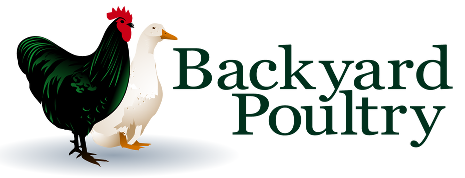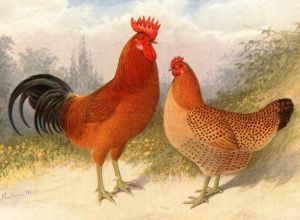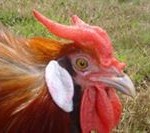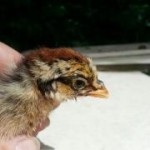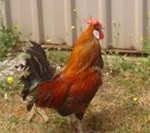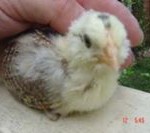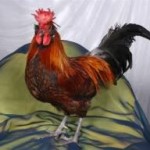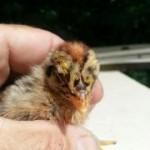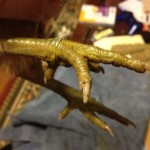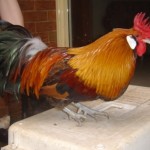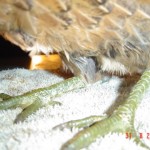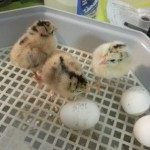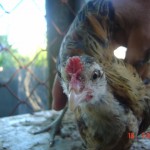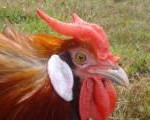There were no Sicilian Buttercups in Australia on 25 March 1914 according to records in Trove. Information from the same source indicates that in Septemb er of that year, J F Dalrymple of Loloma Stud Poultry Farm expected to received an importation of them. An import was also received by Mrs Waclaw, Figtree Creek, via S.S. Wodonga from R. Palmer of the U.S.A.
“A new breed of fowl has been specially imported from America by Mrs Louise Waclaw of Fig Tree Creek. These, the “Sicilian Butter- cups,” until,three years ago, were an almost unknown variety of poultry.
They are now being bred in three countries. In fact, they are forging to the front rank with such remarkable strides that they are causing comment in the poultry press everywhere, and are a most popular variety of poultry with their owners, for those who try out the Buttercups become their fore- most friends. Even in England they have taken hold already. “Buttercup” type is always to be associated with the requirements of Mediterranean fowls.
Their original name was Sicilius Patera Opulenta (Cup of Riches), and at an early date were much used in religious sacrifices. They were brought to America by Captain C. Davis, who gave them an American name and called them Sicilian Buttercups uniting their name and their island home with the popular comb to their followers.
They have many sterling qualities. They are very hardy, grow rapidly mature early, and frequently lay at four months old. They lay a large, creamy-white egg, with a rich, golden yolk. They are even called “All the Year Egg Machines,” and they lay well all through their second and third seasons.
The weight of the male is 7lb, and of the female from 3 to 4lb, being 1lb heavier than Leghorns. Buttercups at seven weeks old, if properly fed, are as plump as partridges. Their round yellow bodies resemble balls of golden butter. Their flesh is exceptionally fine, and owing to the smallness of their bones, yield a large quantity of meat. As they are wonderful layers, there is no doubt that Buttercups will become a popular backyard breed in Australia, especially where space is limited.”
Frank Pytellek bred his first buttercup out of a pair of barnyard runabouts brought back from a farm in Cootamundra, NSW. The fowl had mated in such a way as to replicate the serendipidy on the Isle of Sicily, namely through breeds houdan and hamburg. This was in 2005. The first two chicks of note in the hatch, one a buttercup, the other a hetrezygote horned chick, both cockerals sired by the original rooster brought down from Cootamundra.
Since that time Frank has continued to work on the development of quality Sicilian Buttercups. There have been both successes and challenges along the way but he has remained an enthusiast and advocate of the breed. Those wishing to contact him to discuss the development of Buttercups and Sicilian Hornets in Australia should refer to the contact details at the bottom of this page.
Sicilian Hornets
For more information, visit the Backyard Poultry Forum topic by Frank here: TOPIC LINK, visit Frank’s Facebook Group by clicking on the button below, or contact him directly on ph: 0403-041-257 or 0439-700-823. Email: byhookorchook@yahoo.com.au.
Sicilian Buttercups & Hornets Group Page
